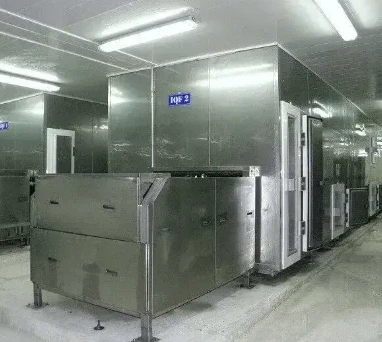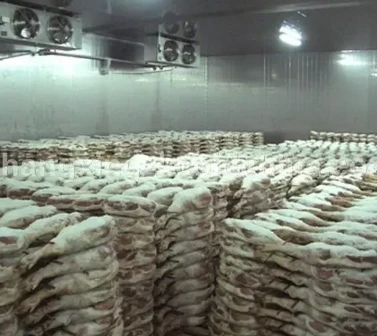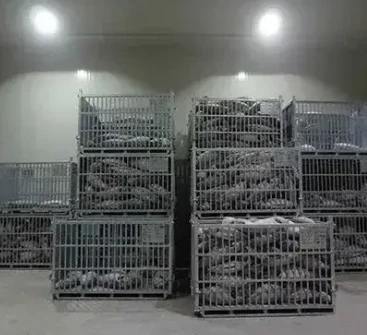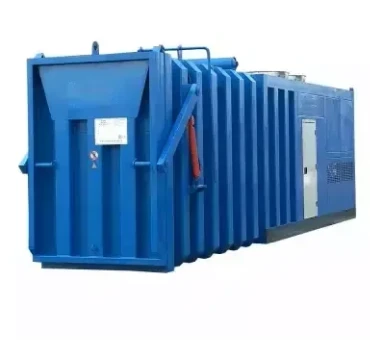Frostbite Fables: Uncovering Myths About Cold Room Functionality
Cold rooms, with their essential role in preserving perishable goods, are often shrouded in myths and misconceptions regarding their functionality. These misconceptions can lead to misunderstandings about how cold rooms operate and their effectiveness in maintaining product quality and safety. In this article, we debunk common myths about cold room functionality, shedding light on the truth behind the frostbite fables.
Myth 1: "All Cold Rooms Are the Same"
Fact: Cold rooms come in various sizes, designs, and configurations to meet the diverse needs of different industries and applications. From walk-in coolers to large-scale warehouses, cold rooms can be customized to accommodate specific temperature requirements, storage capacities, and space constraints. Additionally, advancements in cold room technology have led to innovations such as modular designs, energy-efficient refrigeration systems, and smart cooling technologies, further diversifying the options available to businesses.
Myth 2: "Cold Rooms Only Keep Things Cold"
Fact: While the primary function of cold rooms is to maintain low temperatures conducive to preserving perishable goods, they can also be used for other purposes such as freezing, tempering, and controlled atmosphere storage. Cold rooms equipped with adjustable temperature settings and humidity control systems offer versatility in storage options, allowing businesses to accommodate a wide range of products with varying temperature requirements.
Myth 3: "Cold Rooms Are Maintenance-Free"
Fact: Like any other equipment, cold rooms require regular maintenance to ensure optimal performance and longevity. This includes cleaning, inspection, and servicing of refrigeration systems, insulation, and temperature control components. Proactive maintenance practices help identify and address potential issues before they escalate, minimizing the risk of equipment failure and costly disruptions to operations.
Myth 4: "Cold Rooms Are Energy Hogs"
Fact: While older cold room systems may have been less energy-efficient, advancements in insulation materials, refrigeration technologies, and temperature control systems have significantly improved energy efficiency in modern cold rooms. Energy-efficient features such as high-performance insulation, variable-speed compressors, and smart cooling algorithms help minimize energy consumption while maintaining optimal storage conditions, reducing operating costs and environmental impact.
Myth 5: "Cold Rooms Are Only for Food Storage"
Fact: While cold rooms are commonly used for storing perishable food items, they are also utilized in various other industries such as pharmaceuticals, biotechnology, research, and manufacturing. Cold rooms play a crucial role in preserving vaccines, drugs, biological samples, electronic components, and other temperature-sensitive products, ensuring their integrity and efficacy throughout the supply chain.
Debunking myths about cold room functionality is essential for understanding their true capabilities and benefits. By recognizing the versatility, efficiency, and importance of cold rooms in preserving perishable goods and ensuring product quality and safety, businesses can make informed decisions about their storage needs and optimize their operations accordingly.
















































































































